Rotorua, with its incredible mix of geothermal attractions, Maori culture, and a wealth of activities to experience, is a magnet for both domestic and international visitors. Integral to the Rotorua experience are also its lakes, which are as beautiful as they are varied. Below are 5 of the best of them, in no particular order.
1 - Lake Rotorua
Covering a surface area of 80 square kilometers (31 square miles), Lake Rotorua is the largest lake in the district, and the second largest in the entire North Island, after Lake Taupo. The name of the lake comes from the Māori language, and can be translated as "second lake", from "roto" (lake) and "rua" (two).
Nestled on the southern shore of the lake is Rotorua city, a city that is a magnet for travellers due to its rich history and culture, and varied adventure opportunities. When you get to Lake Rotorua, you should consider visiting the most famous lake island in New Zealand, Mokoia Island, which sits at the centre of the lake. Now home to many species of birds some of which are endangered, Mokoia Island is also associated with New Zealand’s most famous love story, the legend of Hinemoa and Tutanekai.
Last but definitely not least, fishermen will be right at home at Lake Rotorua, as it is the most productive trout fishery in New Zealand, with healthy populations of rainbow trout and brown trout. 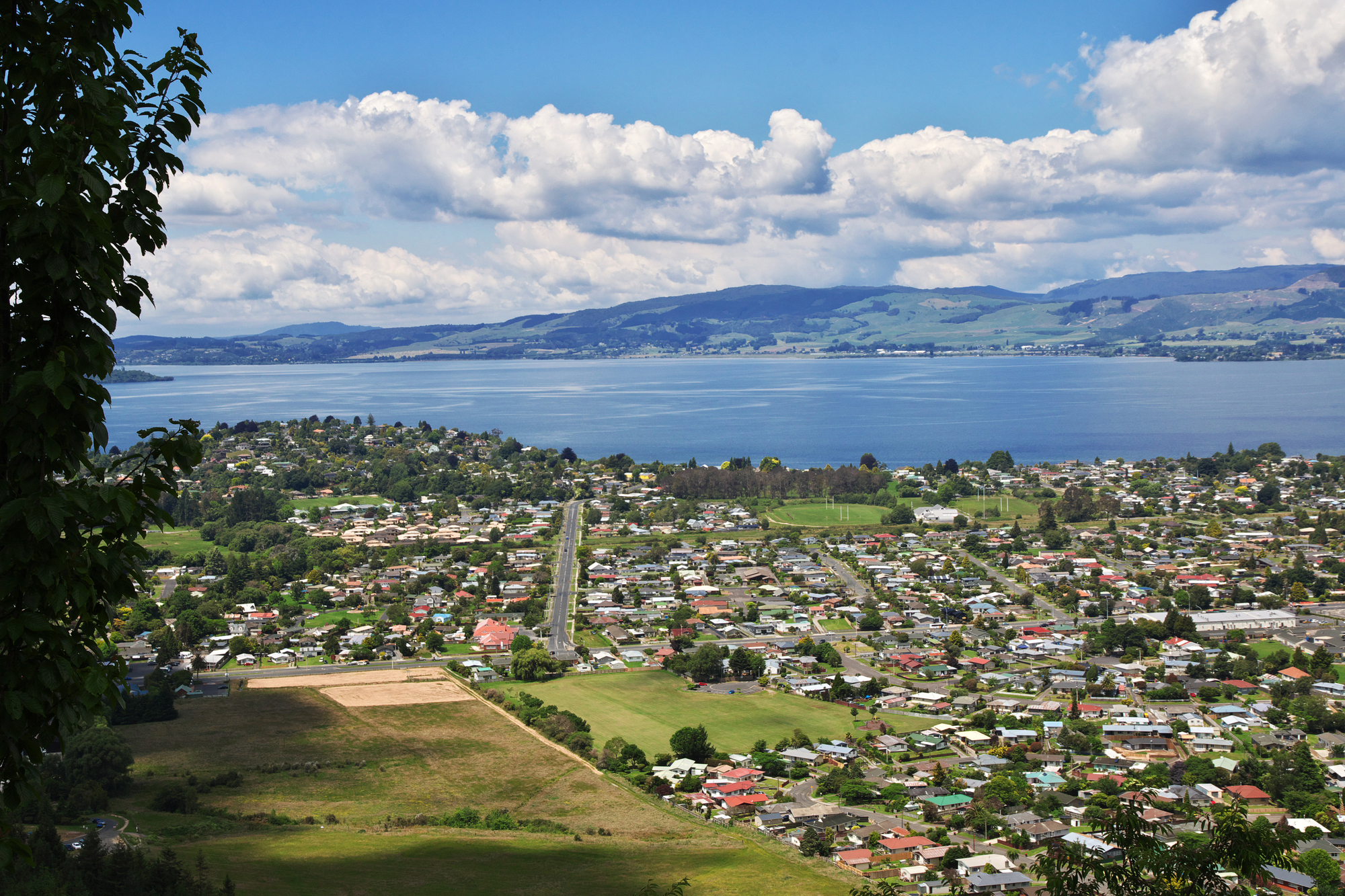
2 - Lake Okatina
Lake Okatina is a beautiful lake located to the east of Lake Rotorua, and in 2020 it was the second cleanest lake in Rotorua after Lake Rotoma. Completely encircled by native forest, it is a great place to find tranquility and peace of mind.
Over the last 30 years, Lake Okatina’s level has risen and fallen in a range of 5 metres, due to the fact that it has no inlets or outlets. The lake is accessible by road, and at the end of the road a large and nice sandy beach awaits the visitors.
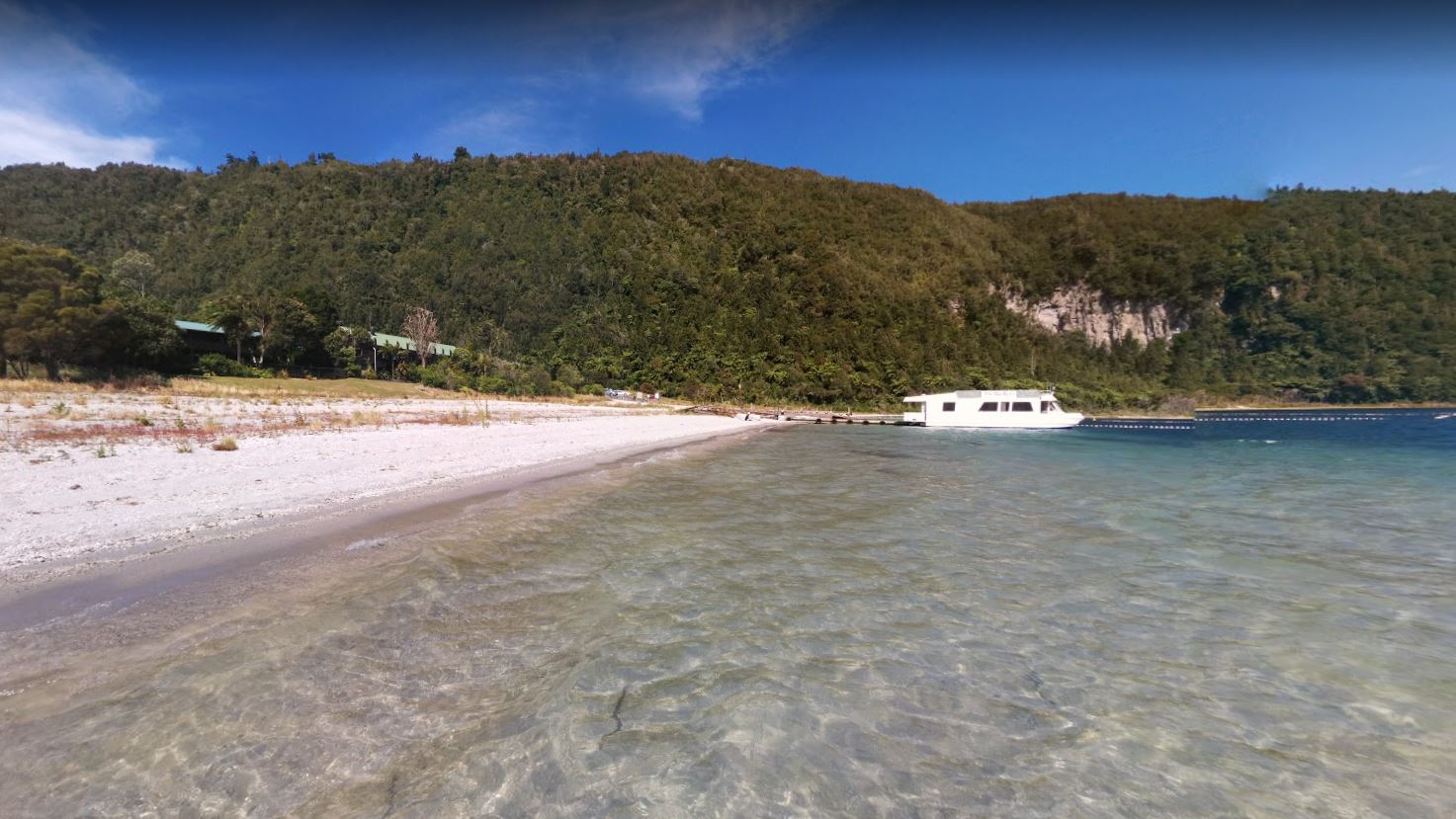
Photo credit: Google Street View.
3 - Lake Tikitapu
Lake Tikitapu (Blue Lake) sits alongside Lake Rotokakahi in a volcanic caldera that was formed sometime in the last 300,000 years. It boasts a stunning blue colour due to the pumice and rhyolite present on the lake bed.
Unlike its sibling, Lake Rotokakahi, where recreational activities are not allowed, Lake Tikitapu is open for recreation during summertime, and water skiing events and triathlons that are often held here. Lake Tikitapu is also a great destination if you are a trout fishing fan.
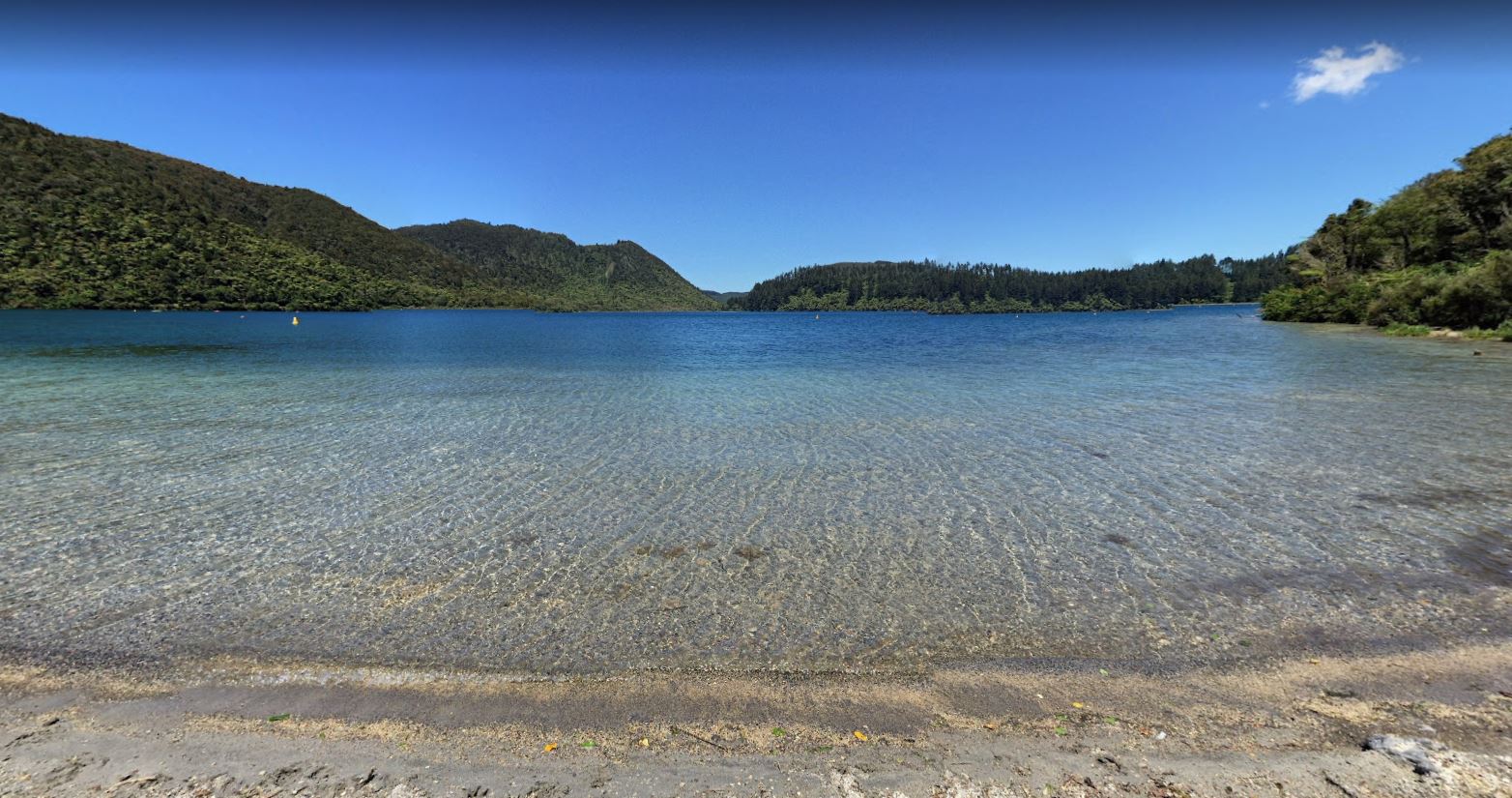
Photo credit: Google Street View.
4 - Lake Rotoiti
Lake Rotoiti is located to the northeast of its famous neighbour, Lake Rotorua, with which it’s connected through the Ohau Channel. The lake’s full name in Māori is Te Rotoiti-kite-a-Īhenga, which means "the small lake discovered by Īhenga". Īhenga is a Māori explorer who also discovered Lake Rotorua.
Lake Rotorua is a great place to visit while on holiday, as it offers plenty of activities from water-skiing and fishing, to biscuiting. If you are in the mood for some hiking, the nearby incredible Okere Falls track can offer some great views of magnificent waterfalls.
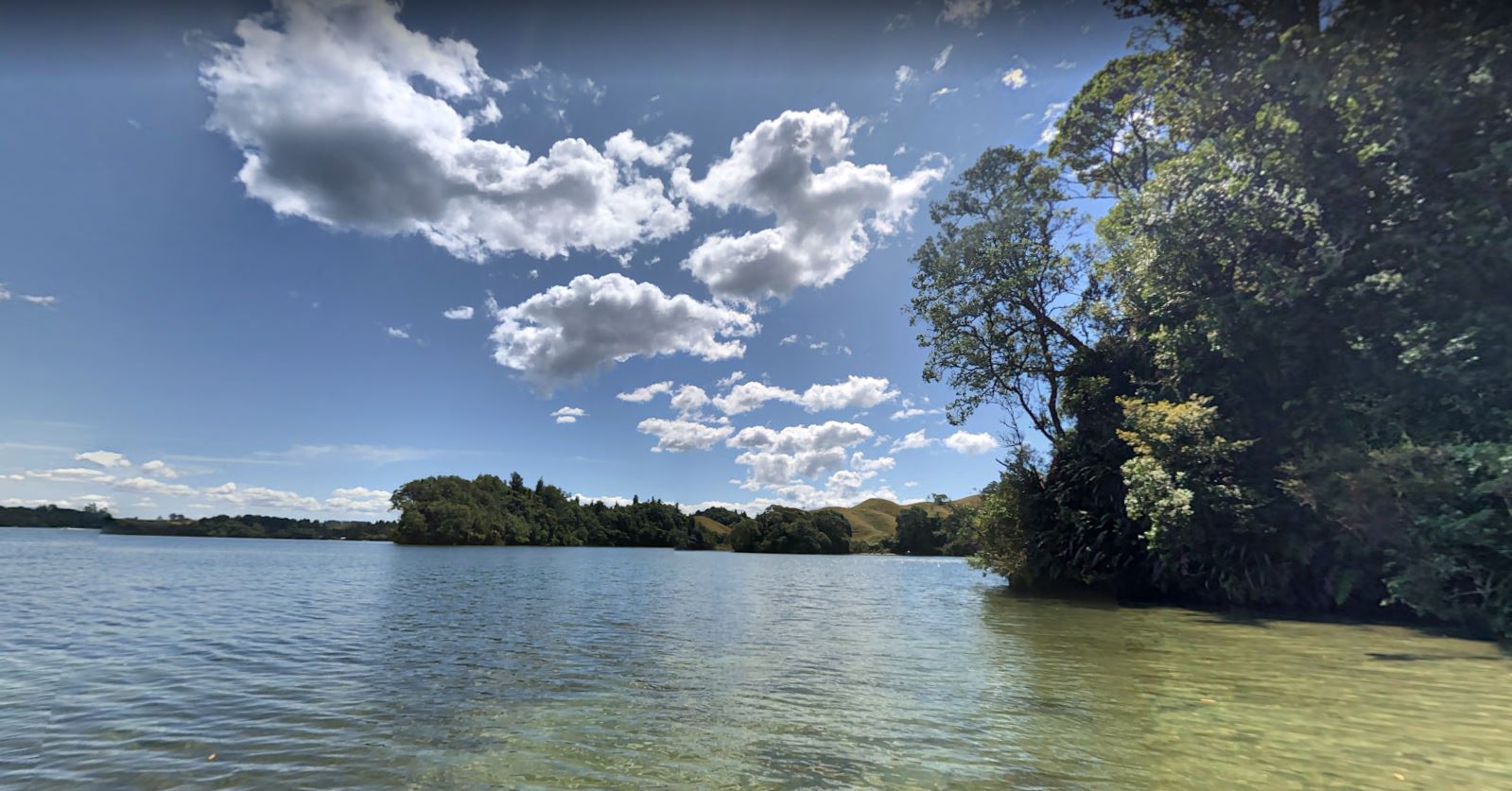
Photo credit: Google Street View.
5 - Lake Tarawera
Lake Tarawera, meaning 'Burnt Spear', has a surface area of 41 square kilometres (15.8 square miles), and even though it is about half the size of Lake Rotorua, it actually contains much more water, because it reaches a maximum depth of 87.5 meters (287 feet).
The eruption of Mount Tarawera on June 10th 1886 dramatically affected the lake, as its outlet was blocked for around 20 years, which consequently led to an increase in the lake’s level. Nowadays, the beautiful Lake Tarawera is famous for the abundance of rainbow trout that can be found here, as anglers from all over the world come searching for trophy fish here.
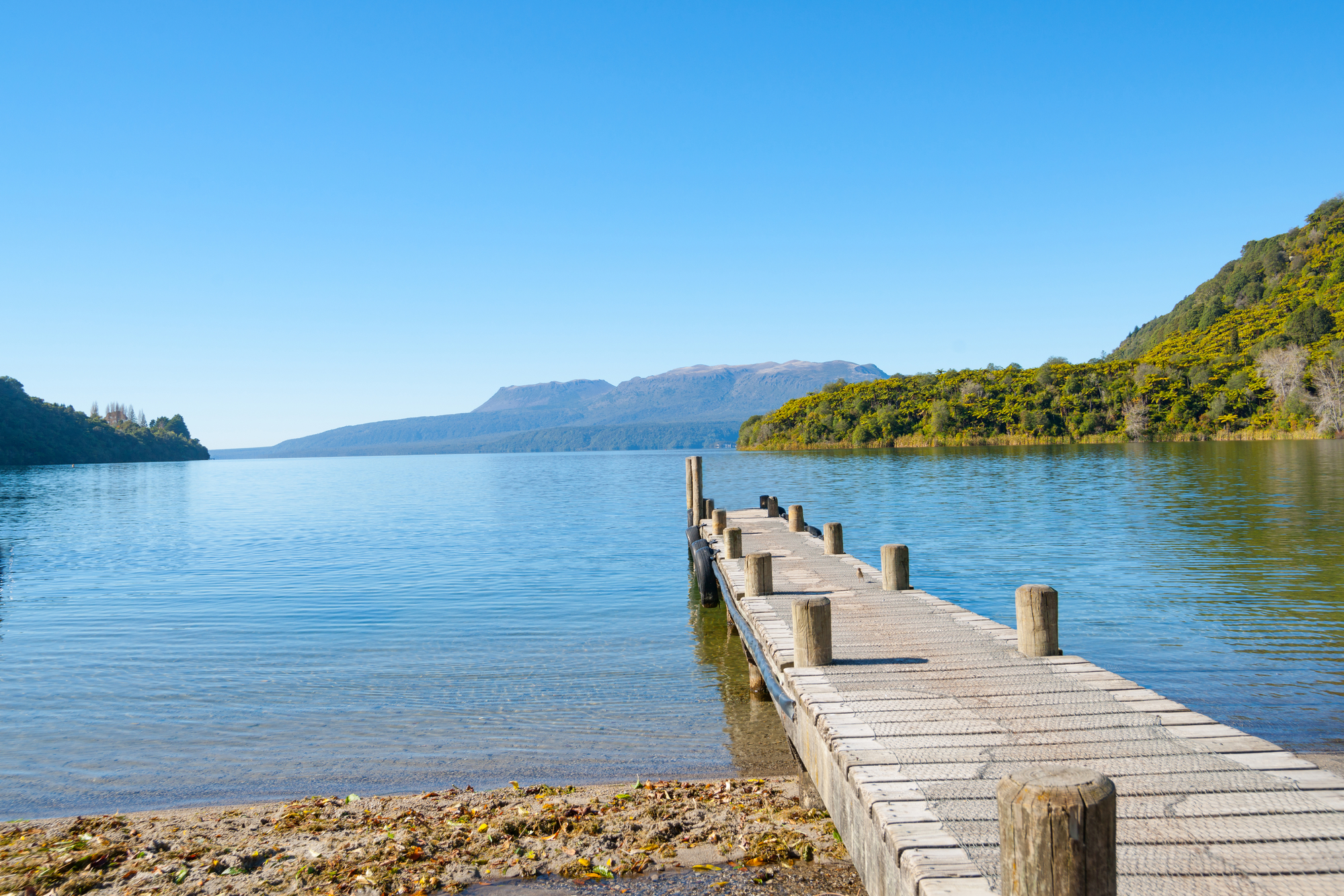
About:
Lakepedia is an online encyclopedia of lakes, which aims to help travelers discover new vacation destinations and to increase awareness about the importance of inland bodies of water.



